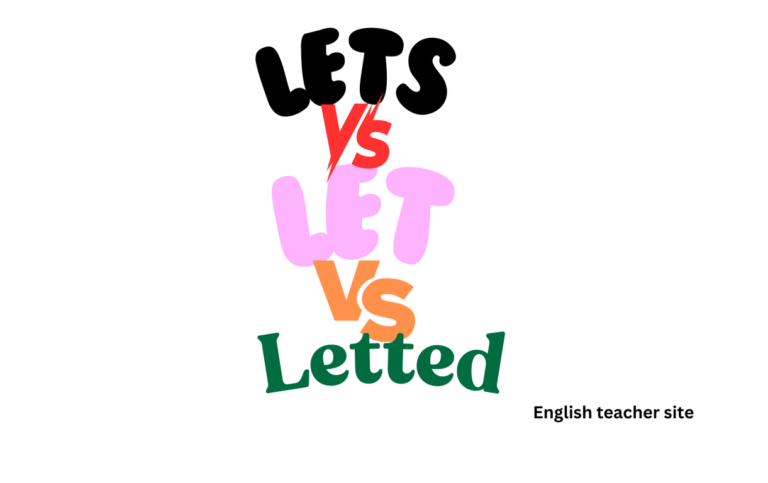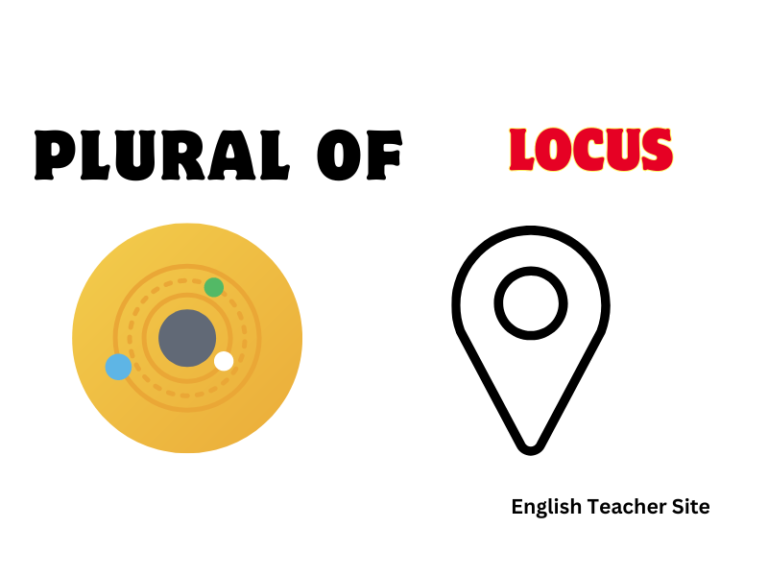What’s the Plural of Glasses: Understanding Singular and Plural Nouns

- “Glasses” is always used in the plural form, even when referring to one pair.
- The term “glasses” covers both the corrective and protective eyewear.
- Context determines the correct usage of “glasses” in a sentence.
There are certain words challenge standard pluralization rules, and “glasses” is one such word. Often associated with vision correction or protection for the eyes, “glasses” refers to the frames bearing lenses worn in front of the eyes. Interestingly, this term is inherently plural; even when speaking about a single item, one would say “a pair of glasses.” This usage possibly stems from the two components—the lenses—that make up the object.
What’s the Plural of Glasses?
Glasses in this context is inherently a plural noun. Despite its plural form, when referring to a single unit, the expression “a pair of glasses” is employed. The versatility of the word is evident when considering its application to containers for liquids—commonly known as “glass” in the singular form.
Singular and Plural Forms
| Singular | Plural |
|---|---|
| a glass | glasses |
| a pair of glasses | pairs of glasses |
In the first row, “a glass” refers to the singular form that denotes a container for a beverage. The second row indicates how to pluralize “glasses” when discussing eyewear. When an individual owns more than one set of eyewear, it is correct to use “pairs of glasses”.
- Example: She has three pairs of glasses: one for reading, one for driving, and one for computer work.
Possessive Form of Glasses
When discussing ownership, the possessive form follows the rules for plural nouns that end in “s.” One simply adds an apostrophe to the plural form without an additional ‘s’.
| Noun | Possessive Form |
|---|---|
| glasses | glasses’ |
- Example: The optician adjusted the glasses’ nose pads for a better fit.
Glasses: Singular or Plural?
The term glasses, when referring to eyewear, is intrinsically plural. Differing from items that change form to denote plurality, glasses as an item of eyewear does not maintain a single form. In its singular form, it is referred to as a “pair of glasses,” emphasizing the set of lenses and frame being a singular unit.
Here is how “glasses” is used in both singular and plural contexts:
| Singular | Plural |
|---|---|
| A pair of glasses | Two pairs of glasses |
| My glasses is broken | All my glasses are broken |
Note: One would not say “glasses is” as it is not grammatically correct due to the nature of the word being plural.
The term glasses also refers to objects made of glass, commonly used to hold liquids. When discussing this item, the singular form is “glass,” and the plural is “glasses.”
Consider the following usage examples:
- Singular: I would like a glass of water.
- Plural: She cleaned all the glasses after the party.
Here are further clarifications in a table format:
| Eyewear | Drinking Vessel |
|---|---|
| Always plural | Singular: glass |
| Singular form: a pair of glasses | Plural: glasses |
What is the meaning of Glasses?
The term “glasses” possesses a dual connotation, broadly classified into eyewear and drinkware. Eyeglasses—also known as spectacles—are devices equipped with lenses housed in a frame that rests on the ears and nose. They serve the primary function to correct refractive errors in vision or protect the eyes.
| Aspect | Description |
|---|---|
| Corrective Function | Lenses are crafted to correct shortsightedness, farsightedness, and astigmatism. |
| Protective Function | Glasses shield the eyes from harmful UV light, debris, or occupational hazards. |
In contrast, “glasses” in the context of drinkware refer to containers crafted from glass or plastic designed to hold liquids. A singular form exists when referring to a single container, termed a “glass”.
| Drinkware | Definition |
|---|---|
| Single Drink Container | A “glass” holds beverages ranging from water to wine, various in shapes and capacities. |
In contemporary English, “glasses” as eyewear does not possess a singular noun form; one refers to a single unit as “a pair of glasses.” Similarly, the term lacks a distinctive plural form; it remains “glasses” regardless of quantity.
- Singular Form: A “pair of glasses” is one set of corrective or protective lenses.
- Plural Form: “Glasses” may refer to multiple pairs without a change in form.
Nouns that are Plural-Only
In the English language, certain nouns inherently reflect a multiplicity and do not have a singular form. These are known as plural-only nouns and are used to denote items that are typically composed of two connected parts or are used as a set.
Examples of Plural-Only Nouns:
- Glasses
- Pants
- Scissors
These items are grouped in this category because they consist of paired or multiple components that function together as a unit.
Common Plural-Only Nouns
Below, you will find a table showcasing various plural-only nouns along with their descriptions:
| Plural-Only Noun | Description |
|---|---|
| Glasses | A pair of lenses for vision correction or eye protection. |
| Scissors | A cutting instrument with two blades. |
| Pants | An article of clothing covering both legs separately. |
| Binoculars | A pair of tubes with lenses for viewing distant objects. |
A further breakdown of selected nouns can be seen here, delineating between tools, clothing, and optics:
Tools:
- Pliers
- Tongs
Clothing:
- Jeans
- Leggings
Optics:
- Goggles
- Spectacles
When referring to a single item, the construction ‘a pair of’ is used to precede the noun, such as in “a pair of glasses” or “a pair of scissors.” This clarifies that the speaker is talking about one set of the item in question.
Contextual Examples of Glasses
However, “glasses” can also pertain to drinking vessels, yet in this context, “glass” is the singular form. To illustrate the different uses of “glasses,” consider the following tables and examples.
In the realm of eyewear:
| Singular | Plural |
|---|---|
| A pair of glasses | Multiple pairs of glasses |
| An eyeglass (rarely used) | Glasses (common usage) |
- Example: She keeps her prescription glasses in a hard case.
- Example: They sell designer glasses at the boutique downtown.
Regarding drinkware:
| Singular | Plural |
|---|---|
| Glass | Glasses |
- Example: He filled the glass with water.
- Example: There are six glasses on the shelf.
Usage of “glasses” in various sentences:
- When working on the computer, he always wears his glasses.
- During the toast, they raised their glasses to celebrate the occasion.
- The optometrist recommended a new pair of glasses to improve her vision.
- At the party, the host provided plastic glasses for the guests.
Origin of the Word “Glasses”
The term “glasses” has a rich etymological history, tracing back to materials and objects associated with clarity and light. Initially, the Old English glæs referred to glass as a substance and, occasionally, to a glass container. This base word connects to the Proto-Germanic *glasam which in turn is rooted in the PIE base *ghel-, meaning “to shine.”
Evolution into Eyewear:
| Century | Development |
|---|---|
| Early 15th | Spectacles refer to “glass lenses to improve vision”. |
| – | |
| Later | The word “glass” shifts to denote the eyewear itself. |
Connection to Optics:
- Optical instruments: The word “glasses” likely evolved from “spyglass,” indicative of telescopes.
- Eyeglasses: Adapted to mean lenses held up to the eyes for better vision.
The modern concept of “eyeglasses,” or spectacles, involves a frame holding a pair of corrective or protective lenses. Despite its singular form in context, the word “glasses” remains grammatically plural, as it denotes a pair.
| Terminology | Description |
|---|---|
| Glasses | Always plural, no separate form for multiple pairs. |
| Goggles | Associated with protection and enclosures around the eyes. |
| Spectacles | Another term for glasses, derived similarly from the concept of viewing. |
Sources
My name is Khamis Maiouf. I am the creator of the English Teacher Site, dedicated to providing valuable resources and insights for students around the world. With a passion for education and a commitment to helping students enhance their skills, I aim to make English teaching more effective and enjoyable for both educators and students.






